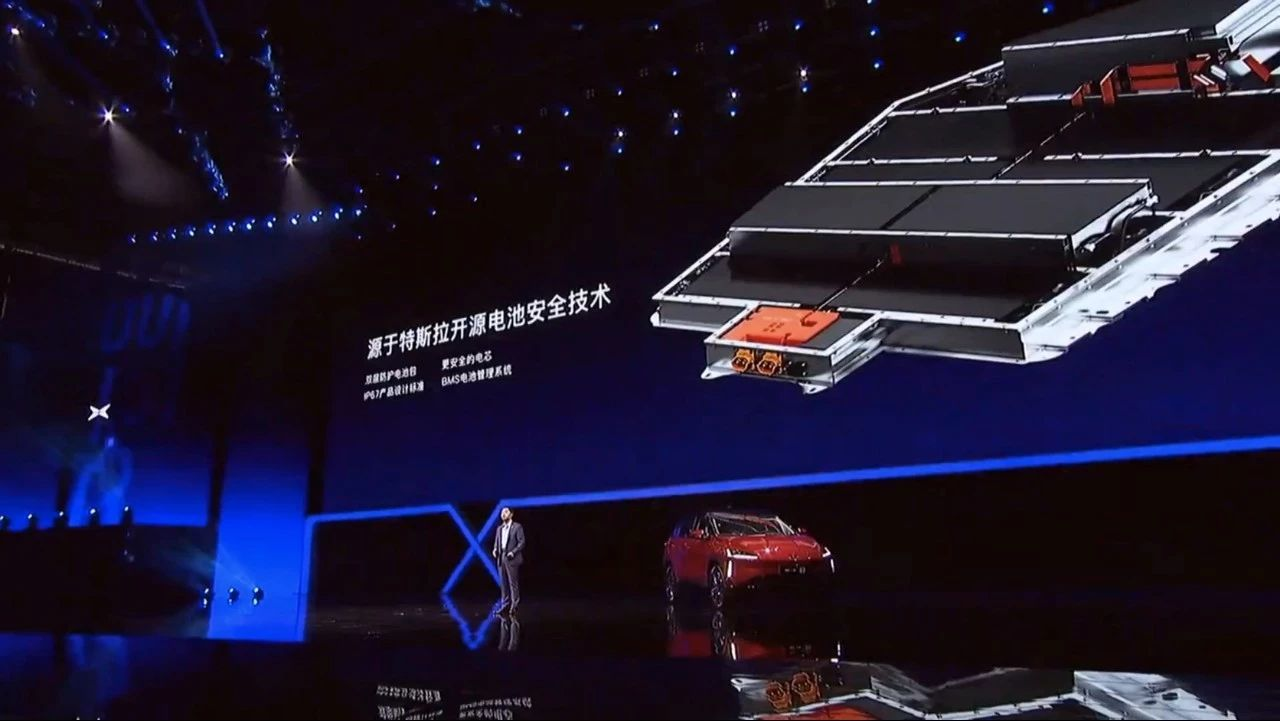The press conference for the XPeng G3’s launch has ended, lasting over three hours and containing a massive amount of information. It’s not surprising, given XPeng’s team of 3000 people and four years of development for research, production, sales, delivery, charging, and the product itself, causing too much information to be presented.
However, this article won’t discuss the press conference, and instead will focus on the product in the first half and expand to talk about the significance of XPeng to the industry and the company as a whole in the second half.
XPeng G3
As usual, let’s take a look at the basic parameters of the XPeng G3 first.
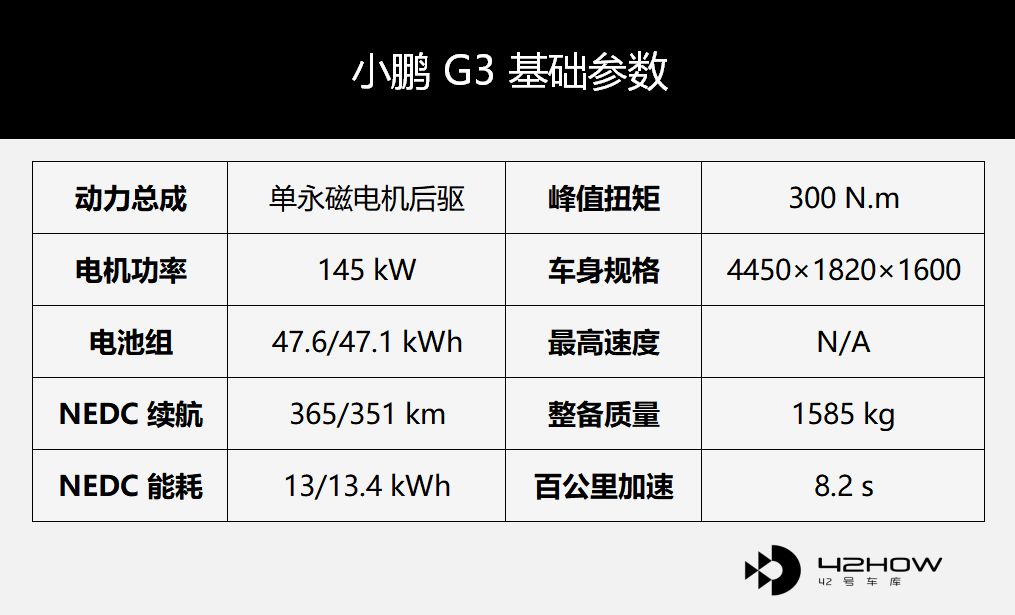
Without comparison, you may not get a clear idea of the above data. The WmAuto EX5 and XPeng G3 are two similar products in terms of positioning, price, and audience. Here are the basic parameters of the WmAuto EX5 for comparison.
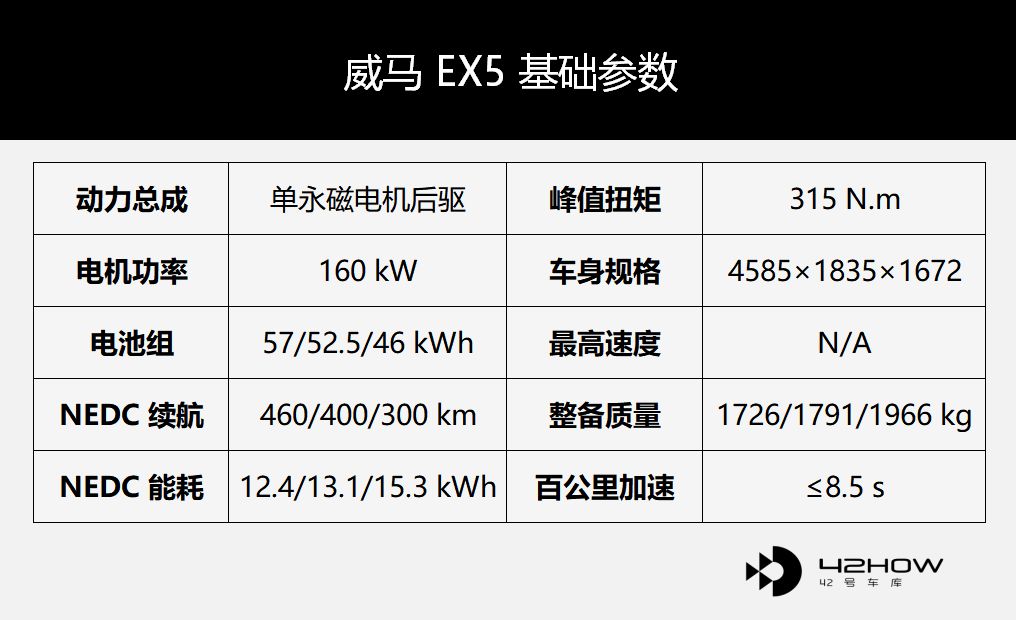
I wrote earlier that due to the three-year bubble in the new car industry, both the media and consumers have become aesthetically fatigued. Large central console screens, fully enclosed grille designs, and a 4s to 8s zero to one-hundred acceleration time… these elements are no longer able to impress people.
Often, emerging brands have not necessarily done anything wrong, and the actual project progress may even be a little faster. But just because they are later to the game and the market is over-saturated with homogenous products, the market interest is limited.
Comparing XPeng G3 to WmAuto EX5, the basic data is largely the same, with WmAuto having a slight edge in key areas of endurance. Yet, even so, the public reaction to the XPeng press conference was overwhelmingly positive. This morning, XPeng He posted his friends’ circle: “Car owners placed orders all night”. In the following group discussion, he declared the booking data evaluation to be “really good.”

It’s quite interesting; how can XPeng G3, as a new player, perform so well? I think there are two basic points: one is to pay tribute to Tesla, and the other is to please young people.
Let’s look at some design details of this car.
From the front hood extending to the roof and a panoramic windshield with an area of up to 1.889 square meters:
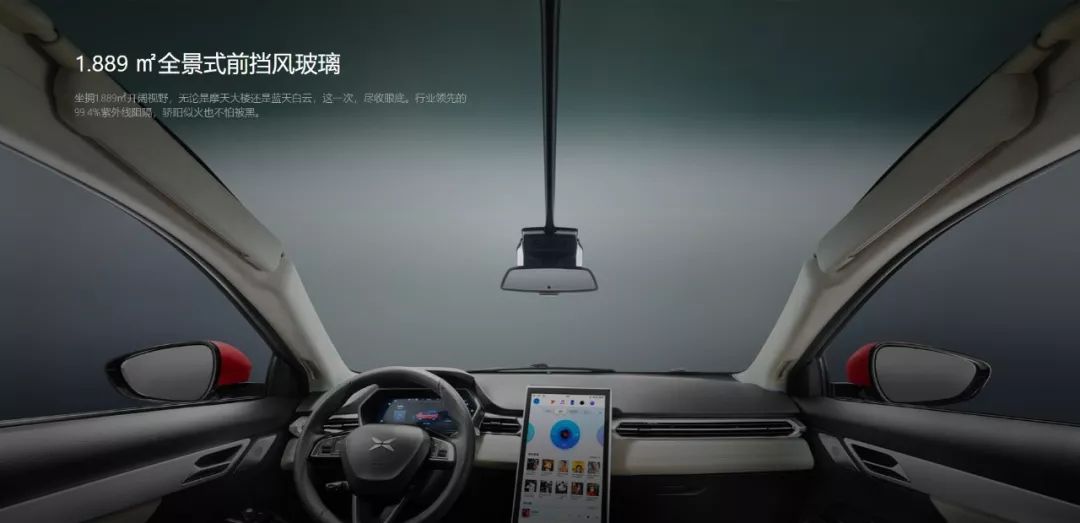 15.6-inch center touch screen:
15.6-inch center touch screen:
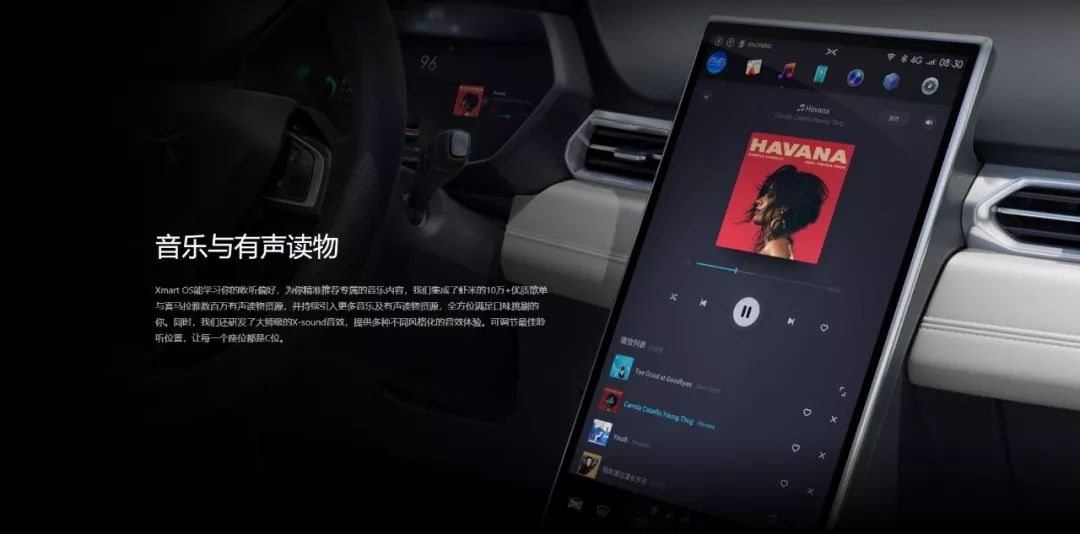
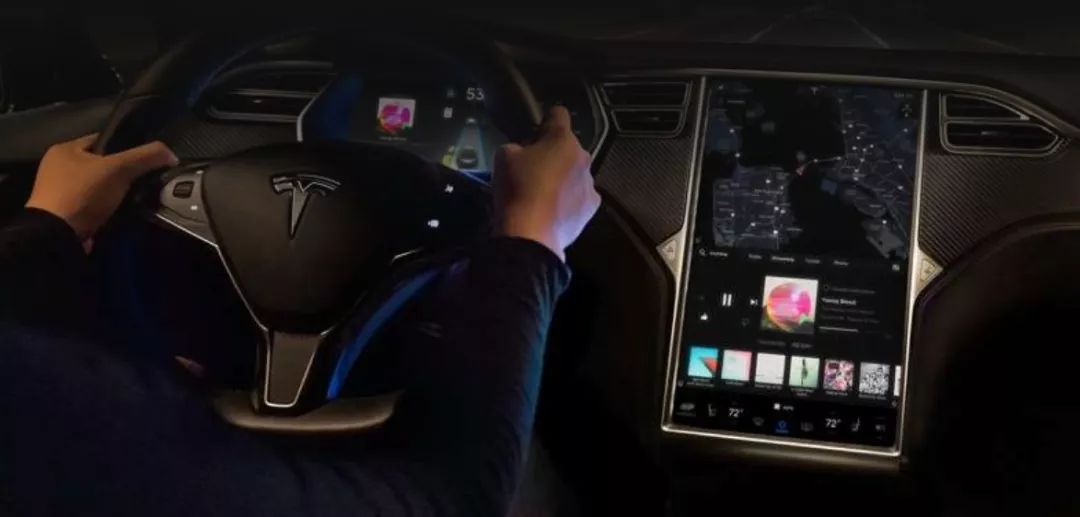
High-strength body structure:

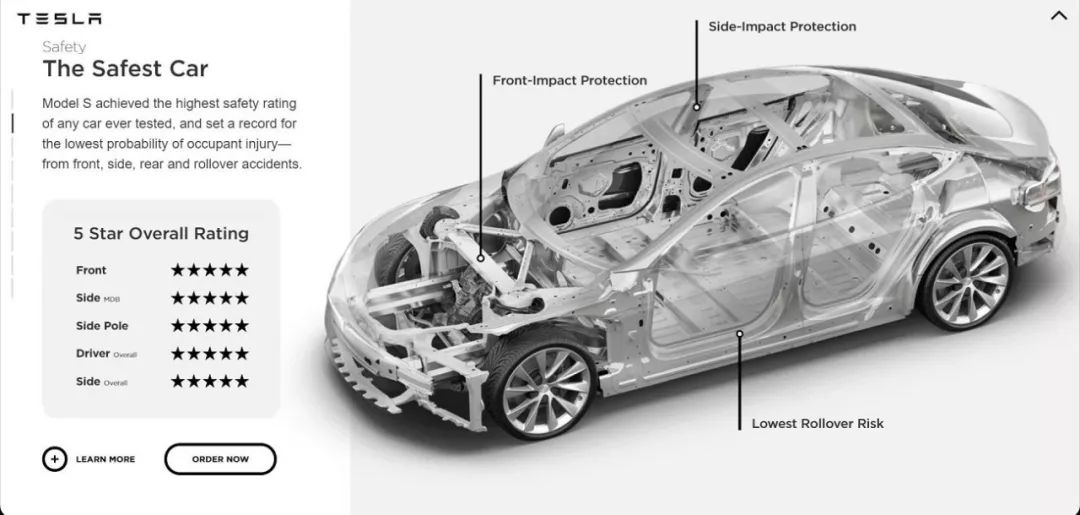
Xpilot with 20 sensors:
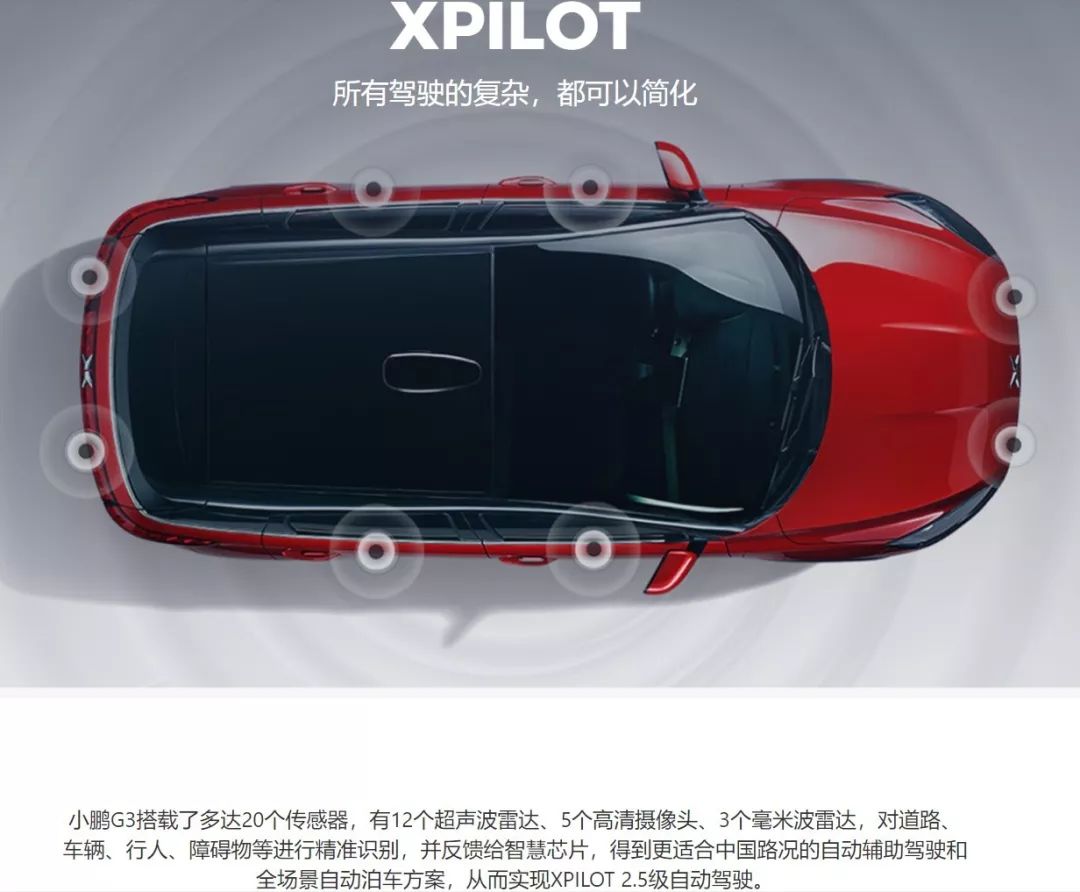
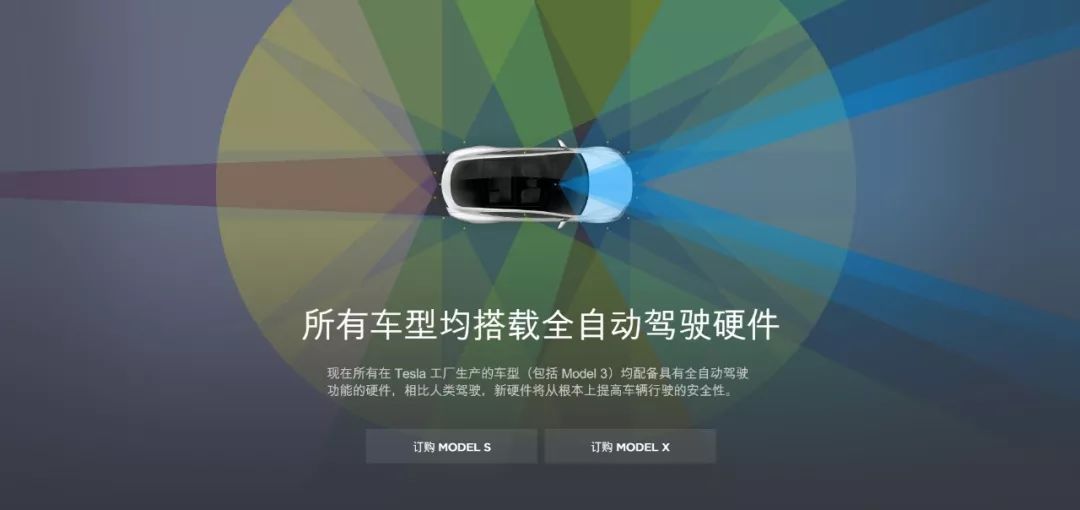
Even, this is Xpeng super charging station:
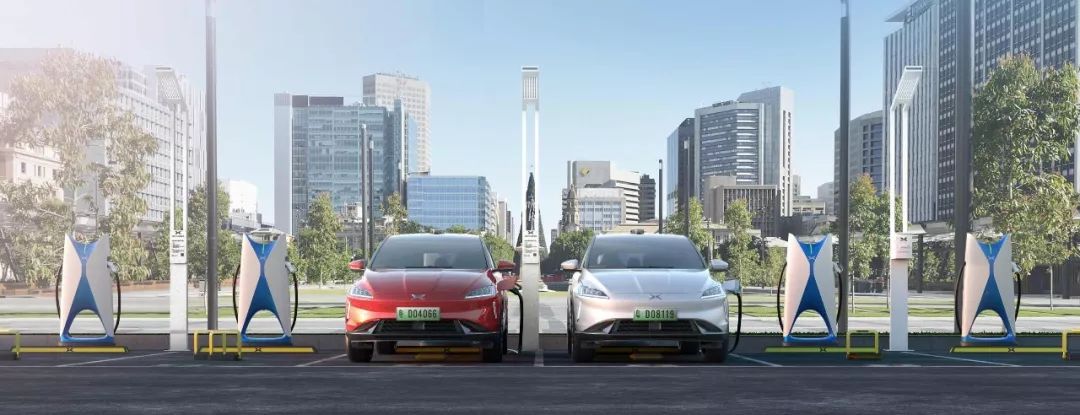
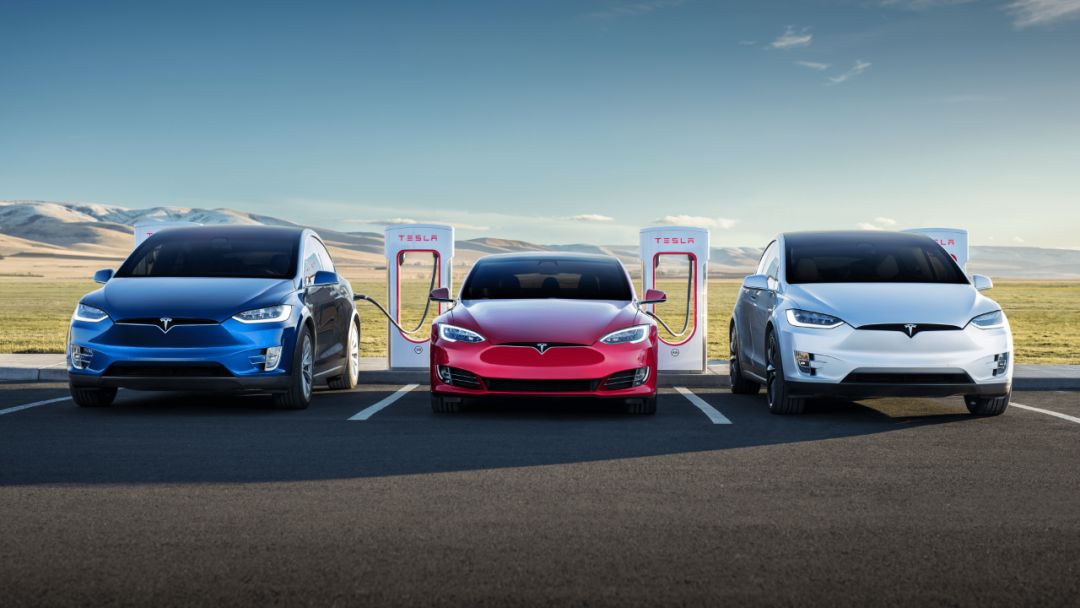
As an owner of four Teslas, He XPeng never hides his admiration for Tesla. One technical detail is that Xpeng G3 uses the non-mainstream 18650 cylindrical battery in China, and this detail can even be traced back to the founding of Xpeng Motors.
On June 12, 2014, Tesla announced the opening of all patents to the public. Later, when Elon Musk visited Alibaba, He XPeng, then the President of Alibaba’s mobile business group, asked Elon about the patent issue. Elon’s answer was, “You can use them, but how to use them is not our concern.”With this sentence, XPeng Motors was born. At yesterday’s press conference, He XPeng paid tribute to the pioneers with a PPT.
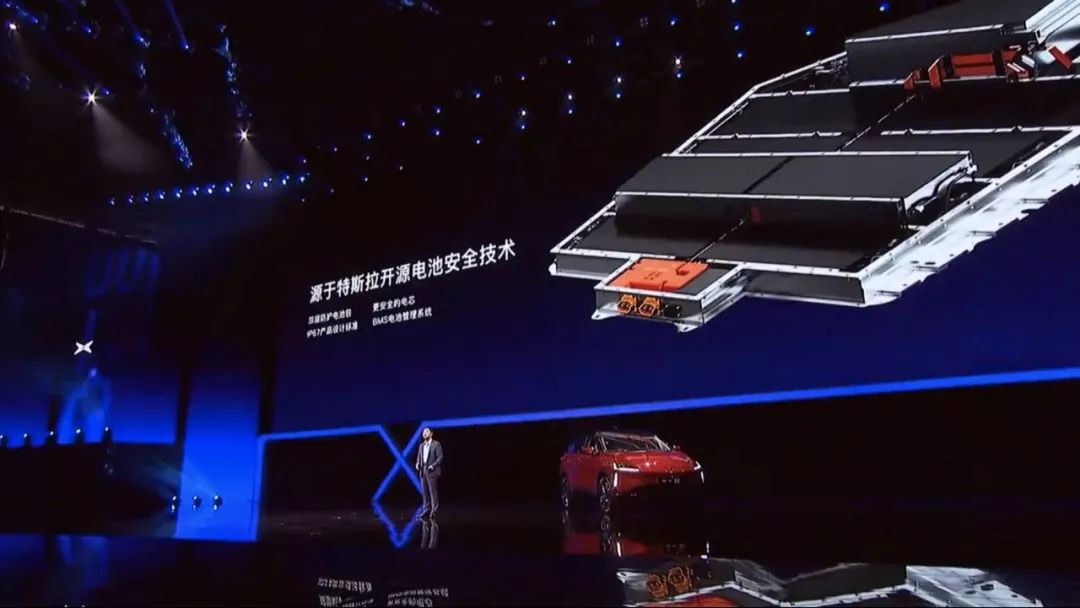
In addition to paying tribute to Tesla in all aspects, the XPeng G3 also made some new attempts.
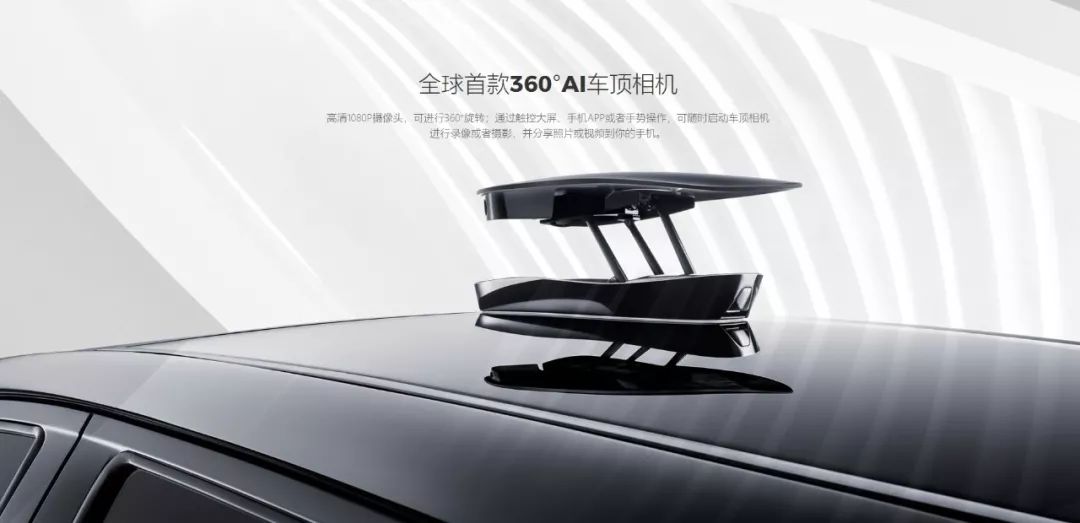
For example, this “world’s first 360° AI roof camera”. This is a feature that has nothing to do with “high-frequency and rigid demand”, and some older car buyers may even find it inexplicable. But that is not important. Its role is to bring XPeng’s target users, young people, a unique, fun, and distinctive brand tone.
So I think that the 360° AI roof camera is not a function, it is part of XPeng’s brand building.
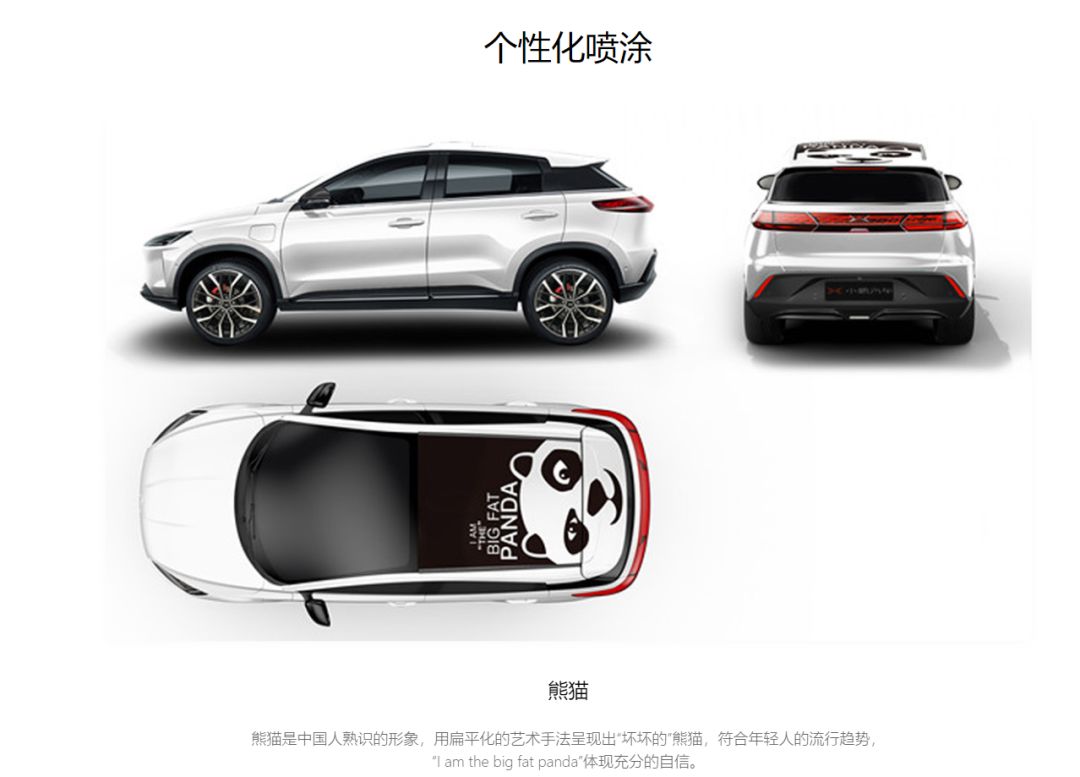
Another one is the personalized body spray painting. Before XPeng, BMW MINI might have launched a similar body painting option. Lynk & Co, a new brand that is doing very well in China and targeting young people, launched six car paint colors, four interiors, and six types of wheels… You can freely combine various options.
Therefore, differentiation is the key to catering to young people.
Of course, compared to the following point, the above two items are really weak in “catering to young people”.
XPeng G3’s price: RMB 135,800-165,800.
What does this concept mean? I think it would be more convincing to introduce another case.
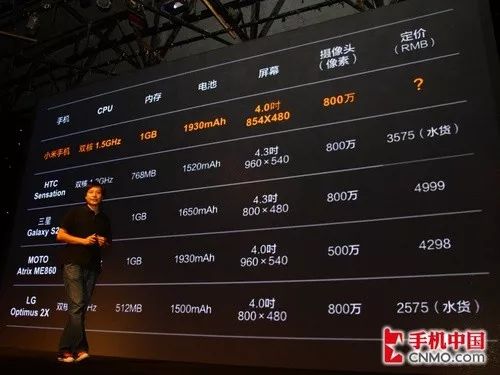
On August 16, 2010, Xiaomi phone, featuring a dual-core 1.5G CPU, 1GB RAM, 1930 mAh battery, 4.0-inch large screen, and 8 million pixel camera, was priced at RMB 2,000, and the starting price of the iPhone 4 at the same time was RMB 5,299.
Xiaomi’s early strategy was very clear. In terms of user operations, take small steps and iterate quickly. In terms of function implementation, if you don’t know how to do it, take a look at how Apple does it.# XPeng G3 and the Intelligent Automotive Industry
It’s obvious that XPeng is following in Tesla’s footsteps, and as for user operation and rapid iteration, Henry XPeng has made it clear: from 2019, they will conduct 3-4 large-scale OTA upgrades, while Tesla usually releases cross-version updates once every 12-18 months.
Therefore, Xiaomi is to the smart automotive industry what XPeng is to it, following the single-product strategy that Apple pioneered in the iPhone 4 and that Xiaomi adopted during its early days.
The most interesting aspect, however, is that just like Apple’s iPhone, Tesla Model S accumulated 15,000 orders in six months after its release, Model X experienced a backlog of 30,000 orders, and Model 3 accumulated a staggering 455,000 orders, all of them bona fide hit products.
What about XPeng G3?
In an interview conducted in 2017, Henry XPeng had this to say:
Many people see the form of Tesla, but don’t learn the spirit and genes that lie beneath. They are electric cars, but intelligent cars? That’s a question mark.
What is Tesla’s spirit, the essence of what makes it so special?
Tesla Model 3 is the company’s third independently developed car, and counting the electric sports car Roadster, the company has been producing cars for ten years. But despite that, foreign testing institutions have made a lot of negative comments regarding Model 3’s manufacturing process, quality control, quality, and reliability.
On the other hand, Model 3’s success is well known in the United States–as production capacity has climbed, Model 3 has been suppressing the sales of old models like Model S and Model X and overtaking BMW and Mercedes-Benz as the best-selling luxury brand in North America.
Compared to BBA equivalent models, the biggest selling point for Model 3 is its intelligence.
Intelligence is a general concept and a qualified smart car should have the ability to support full-vehicle OTA upgrades, an independently developed, iterative assisted driving system, and a car-machine ecosystem that meets the requirements for human-computer interaction.
XPeng G3 supports all of these features–in terms of intelligence, no other vehicle in its class compares.
Today, Henry XPeng reported in an interview that XPeng has “very large and specialized” research and development teams for electronic systems, embedded LCD instruments, and other areas, and that Vice Chairman Gu Hongdi was more specific:
Each of our software development projects is supported with 500 to 1,000 people, which is a very high number. In the end, in order to complete a product, we have to “connect the system, connect management, connect data, and connect operations.” Hardware and software architecture are built in-house in order to form an end-to-end closed loop.
This begs the question: should software be independently developed or should mature suppliers be selected?Using the example of advanced driving assistance system, there are currently 100 new car manufacturers in China, and no more than 4 companies choose to develop their own/semi-autonomous systems (the core definition being the ability to access road testing data, and iteratively improve the system’s capabilities).
Looking at NIO’s Pilot, Jamie Carlson, the vice president of NIO’s autonomous driving department, has previously worked at Tesla’s Autopilot and Apple’s Project Titan autonomous driving projects, demonstrating his extensive experience in the industry. However, if we look at the NIO Pilot, despite the fact that the ES8 has been delivered for nearly half a year, only a very simple active safety function was added to the system with the latest update.
Even the mighty Tesla experienced a significant setback in system functionality and user experience in its Autopilot 2.0 when transitioning to fully self-developed systems for a year.
Therefore, it comes as no surprise that Xpilot’s numerous functions at the XPeng G3 product launch conference, despite their impressive presentation on PPT, lack substance when compared to traditional automotive acceleration, torque, battery pack specifications and mileage, which are all key dimensions of the user experience.
Here, we can deduce XPeng’s product development attitude: in the face of product positioning and costs, when faced with having to choose between the three core components of battery, electric motor and electronic control and the intelligentization dimension, XPeng chose to focus on intelligence.
XPeng Motors carries many labels: Tesla’s Chinese apprentice, and the Xiaomi of the smart car industry. The XPeng G3, positioned as the “first smart car for young people,” has been launched. As a young person, would you consider buying it?
He XPeng Speaks Out: What is truly a smart car?* Xpeng Brand Day – Fearlessly Explore Unlimited Possibilities | 42VLOG

This article is a translation by ChatGPT of a Chinese report from 42HOW. If you have any questions about it, please email bd@42how.com.
